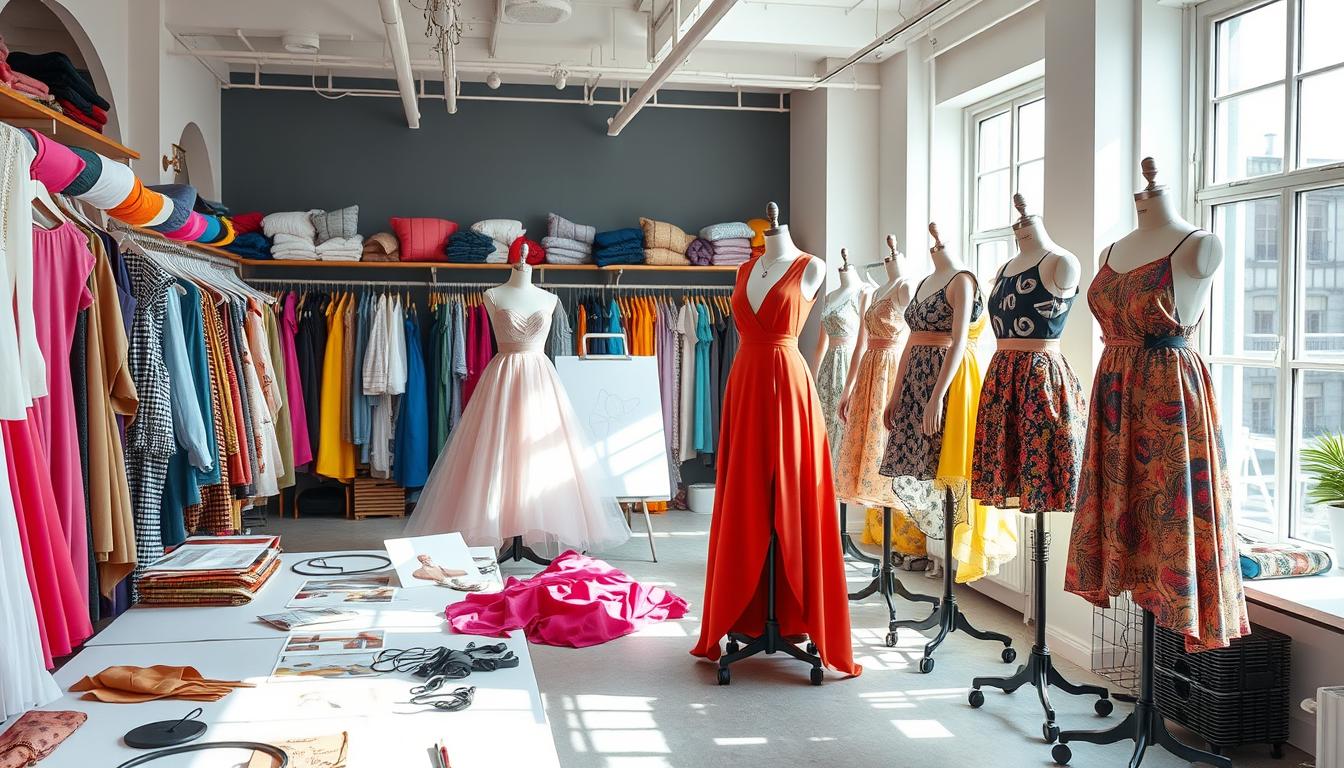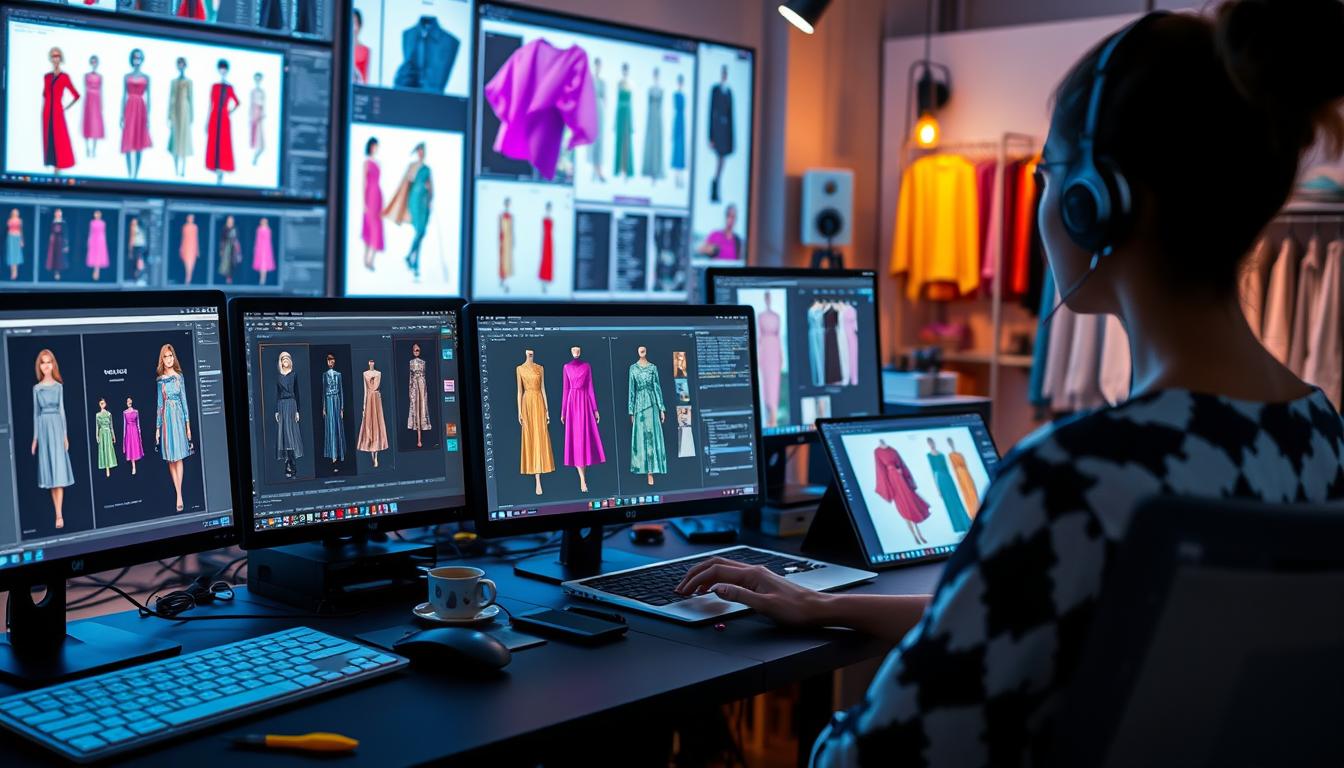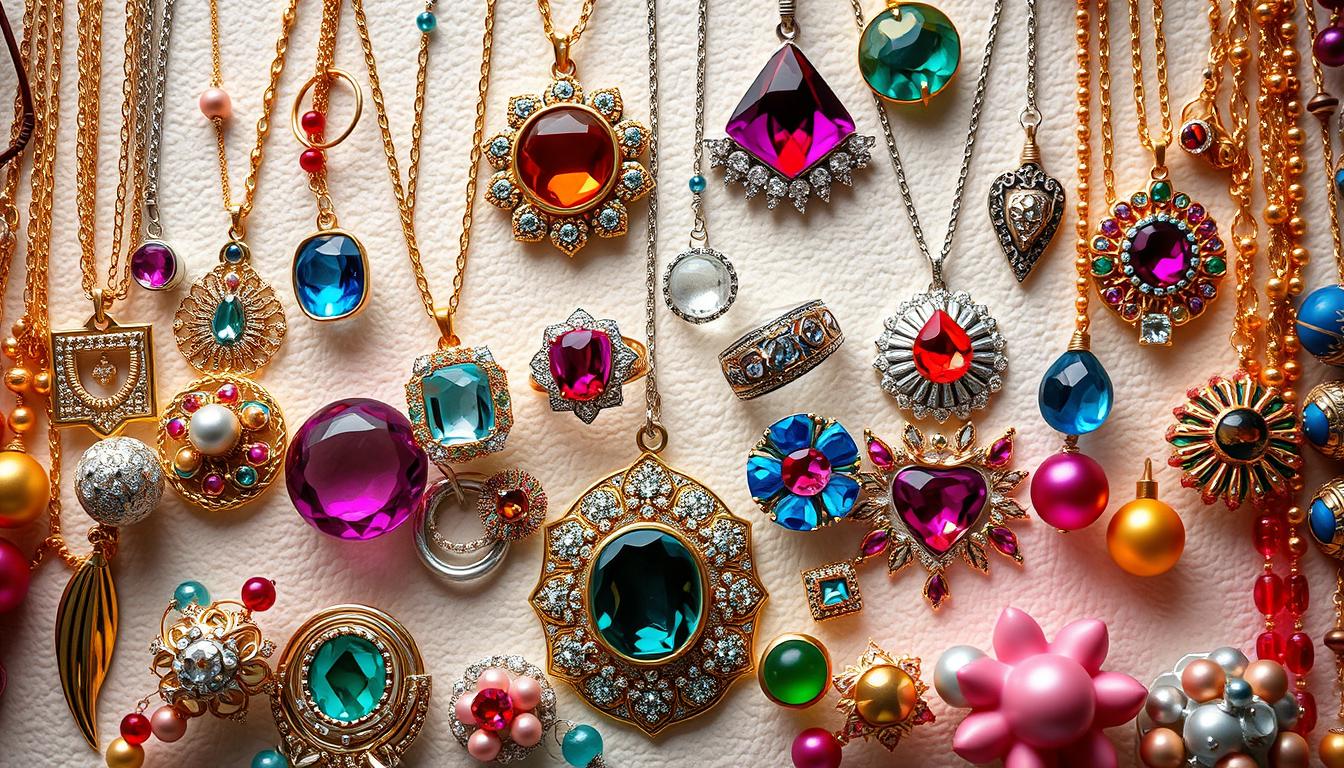Fashion designing in dressings is a skill you can learn. It’s about developing your style and understanding how different parts of an outfit work together. Beginners should watch others’ styles, try out different looks, and use their favorite pieces to upgrade their wardrobe.
Watching how others put together their outfits is key to getting better at fashion. By looking at how colors, pieces, and accessories work together, you learn what looks good. Copying styles at first helps you figure out what you like best, including fit and what goes well together.
Improving your fashion sense often means trying new things. Exploring different styles, like bright colors or bohemian looks, helps you find what you really like. This way, you can create a style that’s truly yours.
Key Takeaways
- Observe others’ outfits, colors, pieces, and accessories to develop a better understanding of style.
- Imitate styles initially to understand details like fit, complementary pieces, and overall silhouette.
- Experiment with different aesthetics, such as bright colors, neutrals, bohemian pieces, and tailored separates, to discover personal preferences.
- Analyze favorite, most-worn clothing pieces to understand personal style preferences.
- Start with familiar pieces as a foundation to upgrade the wardrobe and develop a unique sense of fashion.
The Evolution of Fashion Designing in Dressings
The fashion world has changed a lot over the years. Dress designs and making techniques have evolved with history, culture, and new tech. From the first fashion designers in the 1700s to the rise of high fashion in the 1900s, many have shaped fashion.
Historical Context
The modern fashion scene began in the 1800s with Charles Frederick Worth. He was the first to put his label in his clothes in 1858. Before him, early designers like Françoise Leclerc and Marie Madeleine Duchapt were known in the 1700s.
In the late 1700s, Rose Bertin, known as the ‘Minister of Fashion,’ influenced Parisian style. She was Marie Antoinette’s dressmaker. The Belle Époque era (1871–1914) was known for its fancy and wasteful fashion.
Key Influences and Trends
The Industrial Revolution changed fashion, making clothes more affordable. New machines like the spinning jenny and power loom made clothes cheaper and faster to make.
The 20th century brought new trends and ideas in fashion. Each decade changed how people dressed and saw style. The early 1900s saw the rise of haute couture with designers like Coco Chanel and Christian Dior changing women’s fashion.
Notable Fashion Designers
Many designers have made a big impact on fashion. Some key figures include:
- Charles Frederick Worth, the first designer in the modern sense, who set fashion trends
- Jeanne Paquin, one of the first female couturiers, who organized early fashion shows
- Coco Chanel, who changed women’s fashion with designs like the little black dress
- Christian Dior, who introduced the iconic New Look in the post-war period
- Mary Quant, who made the miniskirt popular and became a symbol of youth empowerment
The journey of fashion designing has been exciting and full of change. It has been shaped by many designers and the changing world around them.
https://www.youtube.com/watch?v=44407jxiY4w&pp=ygUII2RyZXNzZV8%3D
Understanding the Basics of Fashion Design
Fashion design is a complex field that requires a deep understanding of many elements and principles. For those interested in Apparel Design, Fashion Illustration, and Textile Studies, knowing these basics is key. It helps in creating designs that are both beautiful and functional.
Elements of Design
The four basic elements of fashion design are shape and form, line, color, and texture. These elements work together to make clothes visually appealing.
- Color is the first thing people notice, adding excitement and mood to a design. It has three parts: hue, value, and intensity.
- Line refers to the direction of interest in clothes, created by details like seams and trims.
- Shape, or silhouette, is the outline of a garment and should match the body’s shape.
- Texture is the feel of a fabric’s surface, created by its weave.
Principles of Fashion Design
Fashion designers also need to know the five basic principles of design. These are proportion and scale, balance, unity, rhythm, and emphasis.
- Balance is about making both sides of a design look equal. It can be symmetrical or asymmetrical.
- Proportion is about the relationship between different parts of a garment.
- Emphasis highlights a design’s main message.
- Rhythm guides the eye through a design, using patterns or colors.
- Unity combines all design elements into a cohesive whole.
Understanding these elements and principles helps designers create stunning and practical designs. These designs can captivate their audience.
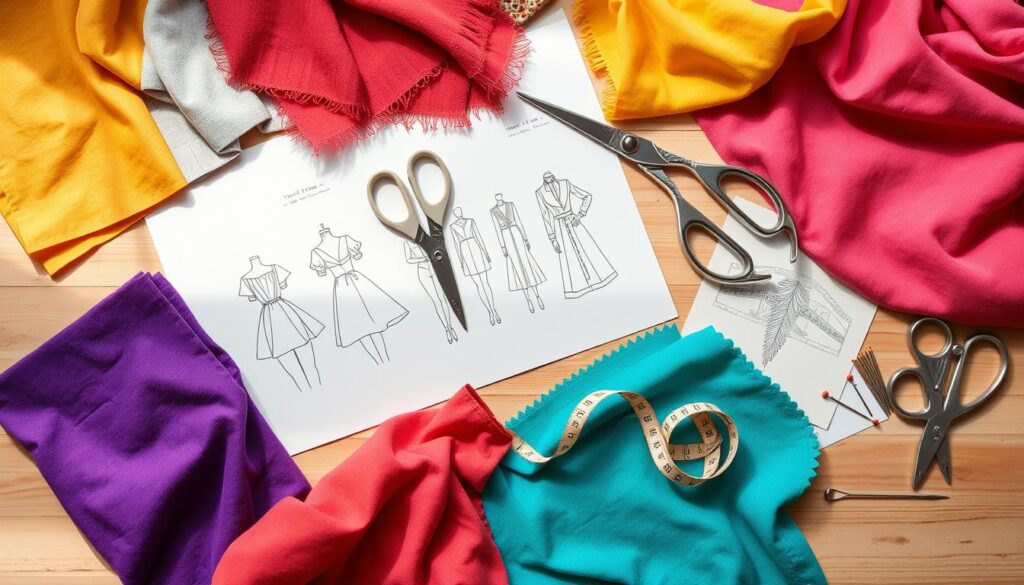
| Design Element | Description |
|---|---|
| Color | The first element to which viewers respond, bringing excitement, mood, and emotion to a design. |
| Line | The direction of visual interest in garments created by construction details like seams, openings, pleats, and trims. |
| Shape | The outline of a garment, which should be related to the body structure. |
| Texture | The surface interest of a fabric created by the weave and how it feels when touched. |
| Design Principle | Description |
|---|---|
| Balance | Based on a central dividing line to make both sides appear equal. |
| Proportion | The pleasing interrelationship between parts of a garment. |
| Emphasis | Creates a center of interest by highlighting a design message. |
| Rhythm | Guides the eye through a design, creating movement through pattern repetition or color. |
| Unity | Brings together all the design elements to create a cohesive and harmonious whole. |
Current Trends in Dress Fashion
The fashion world is always changing. Now, sustainable fashion is a big deal. People and designers want to use materials and methods that are good for the planet. This includes things like organic cotton and recycled polyester.
Sustainable Fashion Choices
Sustainable fashion is now a big trend. More people know how their clothes affect the environment. They want brands to be open and honest about how they make clothes.
Designers are using eco-friendly fabrics like bamboo and linen. They’re also finding new ways to make clothes without wasting materials. This includes upcycling and zero-waste design.
Color Palettes for Modern Dressings
Colors in fashion have changed a lot. Neutral colors like beige and gray are still popular. But, bold and bright colors are becoming more common.
Designers are using color blocking to make outfits stand out. They’re also using floral prints and asymmetrical designs. These add a fun and unique touch to modern fashion.
| Trend | Description | Example |
|---|---|---|
| Oversized Blazers | Relaxed, oversized blazers create a comfortable and stylish look, blending professional and casual elements. | Lupita Nyong’o bundled up in a couture Chanel blazer for a fashion show. |
| Monochrome Chic | Monochrome outfits, such as all-black or all-white ensembles, exude a sleek and sophisticated aesthetic. | The “Matrix” inspired monochrome looks that were popular in 2021. |
| Bold Colors | Vibrant hues and bold color combinations are making a statement, moving away from the more muted tones of 2020. | The colorful and eclectic capsule collection by Harry Styles and JW Anderson. |
The fashion world is always getting better. We’ll see more eco-friendly clothes and bold colors. There will also be fun, yet elegant, designs in the future.
Choosing the Right Fabrics for Dress Designs
Choosing the right fabric is key to making a great dress. Experts in Textile Studies, Garment Construction, and Apparel Design know that each fabric has its own special qualities. These qualities affect how the dress looks, feels, and moves.
From stiff fabrics that keep their shape to soft ones that flow, the right material makes a big difference. It can change the whole look of a dress.
Fabric Types and Their Uses
The Fashion Designer’s Textile Directory says there are four main fabric types: structure, fluidity, texture, and drapability. Structured fabrics like broadcloth and denim are perfect for designs that stand out. They keep their shape well.
Fluid fabrics such as chiffon and satin flow beautifully over the body. They follow its curves.
Experts say structured fabrics are great for crisp, tailored looks. Fluid fabrics are best for elegant draping. The choice between these affects a dress’s look and function.
Texture and Drapability
Texture and how a fabric drapes are also important. Cotton is popular for everyday clothes like Kurtis and jumpsuits. It’s absorbent and comfortable.
Synthetic fabrics like polyester are used for special occasions. They’re affordable and feel like silk.
Professionals stress the need to know about fabric touch, fall, durability, and how easy it is to clean. Viscose fabrics, from natural cellulose, are used in fine items like Organza. Silk is chosen for its shine and softness, often for festive clothes like lehengas.
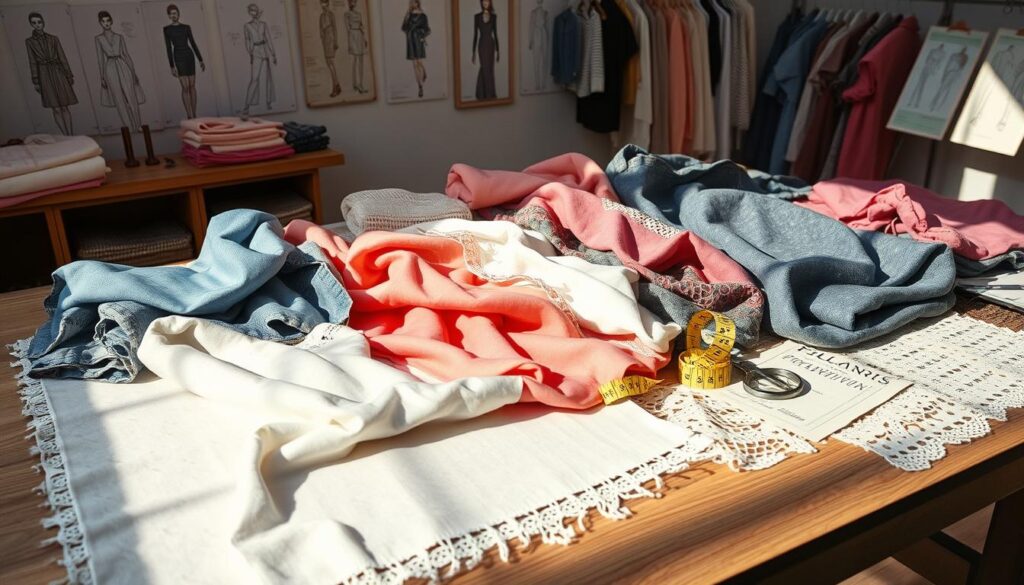
Apparel Design experts say fabric choice greatly affects a dress’s look and use. Knowing about different fabrics’ properties is crucial. It helps create beautiful and useful dresses for fashion lovers.
The Role of Color in Dress Design
Color is key in fashion designing in dressings. It can make us feel certain ways and set the mood. Knowing about color theory and the latest trends helps designers make stunning dresses.
Color Theory Fundamentals
The main colors in dress design are yellow, blue, and red. These can’t be made by mixing other colors. Secondary colors like orange, green, and purple come from mixing primary colors.
Tertiary colors, which are in between, are made by mixing primary and secondary colors. The biggest color contrast is black and white. Tone on tone and faux camaïeux use small color changes within one color. Contrast between two colors makes a big visual impact.
Seasonal Color Trends
- Fashion designers look at seasonal color trends from experts like Pantone for their collections.
- These color trends can make people feel certain ways, shaping what they like in fashion illustration and trend forecasting.
- Spring and summer often have colors like yellow, blue, and green. Autumn and winter have warmer tones like red, orange, and brown.
By knowing color theory and keeping up with trends, designers can make dresses that grab attention and connect with people.
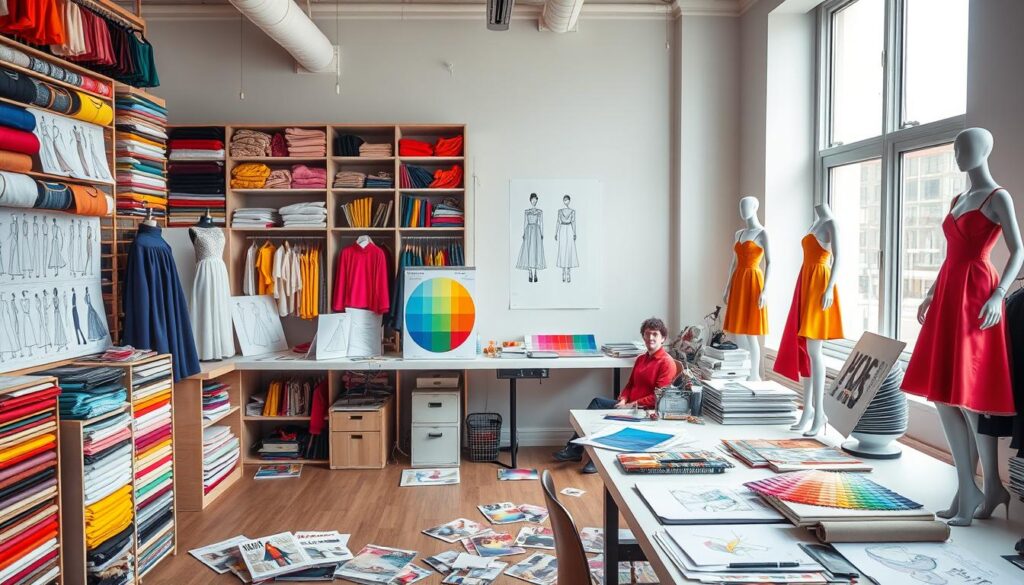
Techniques for Pattern Making
Pattern making is key in fashion design, using both old and new methods. Getting the right measurements is vital for clothes that fit well. Manual methods have been used for years, but digital tools are changing how we design.
Traditional vs. Digital Methods
Old-school pattern making uses paper, pencils, and rulers. It lets designers add personal touches but can take a lot of time and might have mistakes. Digital tools, like Gerber and Lectra, are faster and more precise, making design quicker.
Now, 3D body scanning makes digital pattern making even better. It takes exact body measurements to create digital models and patterns. This makes making clothes faster and less likely to have problems.
Importance of Accurate Measurements
Getting measurements right is key, no matter the method. Pattern makers must think about the body’s shape and the fabric’s feel. This ensures the clothes fit and look good.
The pattern-making process includes many steps. From sketching to sewing, each step needs attention to detail. Knowing how to make clothes is crucial for Apparel Design.
Pattern makers are essential in fashion. They turn designers’ ideas into real clothes. Their skills make sure the clothes are not just stylish but also fit well.
| Traditional Pattern Making | Digital Pattern Making |
|---|---|
| – Relies on paper, pencils, and rulers – Allows for high level of customization – Can be time-consuming and prone to human error |
– Uses specialized software like Gerber, Lectra, and Tukatech – Offers precision, efficiency, and the ability to iterate quickly – Integrates with 3D body scanning technology for accurate measurements |
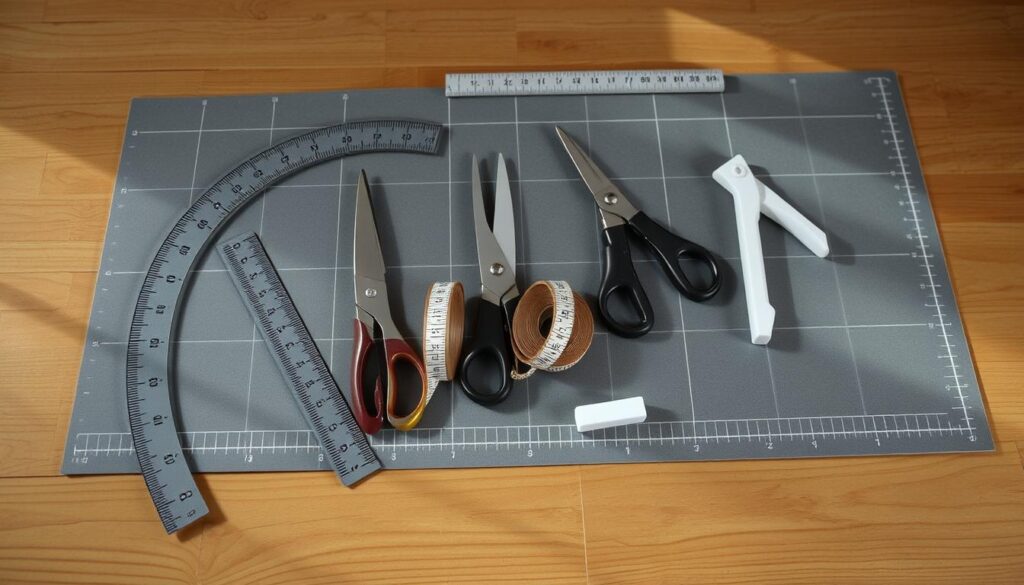
“Pattern making is the foundation of fashion design. It’s the bridge between a designer’s vision and a tangible, wearable garment.”
– Renowned fashion designer, Diane von Furstenberg
The Impact of Technology on Fashion Design
The fashion world has changed a lot, thanks to technology. Fashion Illustration, Trend Forecasting, and Apparel Design have all seen big changes. These changes let designers be more creative and innovative.
3D Design Software
3D design software is a big deal in fashion design. Tools like Browzwear let designers make digital versions of their clothes. This means less need for real prototypes and less waste.
It makes the design process faster and better. It also helps clothes fit better and supports green practices in fashion.
Virtual Fashion Shows
The pandemic made virtual fashion shows more popular. They let designers show their work to people all over the world. This way, fashion brands can reach more people and try new marketing ideas.
Virtual shows are changing how we see fashion. They are making the old ways of showing clothes seem old-fashioned.
“Technology has fundamentally changed the way we design, produce, and present fashion. From 3D design software to virtual fashion shows, the industry is embracing digital solutions that drive innovation, sustainability, and global connectivity.”
Technology’s role in fashion is clear. It’s changed how we design and show clothes. With 3D software and virtual shows, the future of Fashion Illustration, Trend Forecasting, and Apparel Design looks exciting.
Dressing for Different Occasions
Understanding Fashion Designing in Dressings for various occasions is key. The difference between casual and formal wear is important in Apparel Design and Trend Forecasting. Designers need to make pieces that fit different places and weather.
Casual vs. Formal Wear
For formal events, like weddings, you should wear pretty dresses or suits with feminine touches. Formal events call for tuxedos, shiny fabrics, and fancy details. You might wear tea- or floor-length gowns or suits.
Casual events suggest wearing flowy sundresses or glam maxi dresses in light colors. Avoid outfits with lots of beads or sequins. For parties, go for little black dresses, jewel-tones, or pastel colors, and dressy separates.
Seasonal Considerations
Seasons matter a lot in Fashion Designing in Dressings. For warm-weather cruises, wear shorts, sundresses, sandals, and swimsuits. For cold-weather cruises, bring jeans, sweaters, coats, and boots.
In India, festivals like Diwali or Holi are big celebrations. For women, a stunning salwar kameez or a kurta with leggings or palazzo pants is perfect. Men can wear chic kurta pajamas or traditional dhoti kurtas, which are both stylish and traditional.
The secret to dressing for different occasions is to mix comfort, style, and fittingness. Think about the event’s dress code and the weather. This way, designers can make clothes that are both fashionable and practical for many events and places.
Building a Fashion Portfolio
As a fashion designer, your portfolio is crucial. It shows off your Fashion Illustration, Apparel Design, and Fashion Designing in Dressings talents. A great portfolio can open doors to internships, jobs, or even starting your own brand.
Key Elements to Include
Your portfolio should have your best work. This includes:
- Sketches and technical drawings that show your Fashion Illustration skills
- Photos of your finished clothes, showing your Apparel Design skills
- Concept boards, mood boards, and fabric samples that show your Fashion Designing in Dressings process
- Any extra materials that show your unique design view, like fashion illustrations or digital designs
Tips for Showcasing Your Work
Here are some tips to make your portfolio shine:
- Organize your work by theme or collection for a clear story
- Focus on unique design features, like special silhouettes or materials
- Choose your best pieces and edit out the rest
- Keep your portfolio clean and professional, whether it’s a book or digital
- Write short, clear descriptions for each piece to add context
A strong fashion portfolio can showcase your skills. It helps you stand out and opens doors to new opportunities in fashion design.
The Future of Fashion Designing
The future of fashion designing is changing fast. New tech and what people want are leading the way. Digital changes are making a big impact, with AI and VR becoming key players in design.
Innovations on the Horizon
Generative AI is changing fashion design for the better. Tools like Neural Fashion use smart algorithms to create new designs. This means designers can spend more time on creativity, making the process faster and cheaper.
The Role of Consumer Feedback
In today’s world, what people think matters a lot. Designers use social media to see what customers like. This focus on what people want is making fashion more sustainable and personal, meeting today’s needs.

